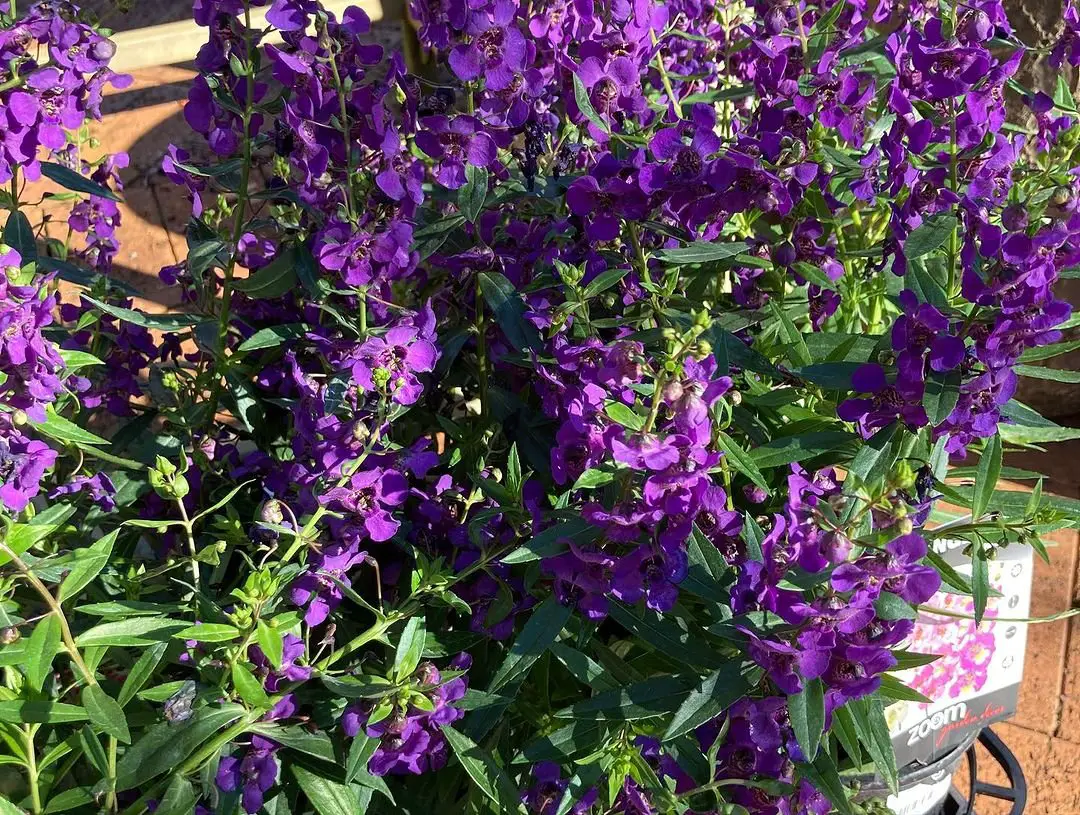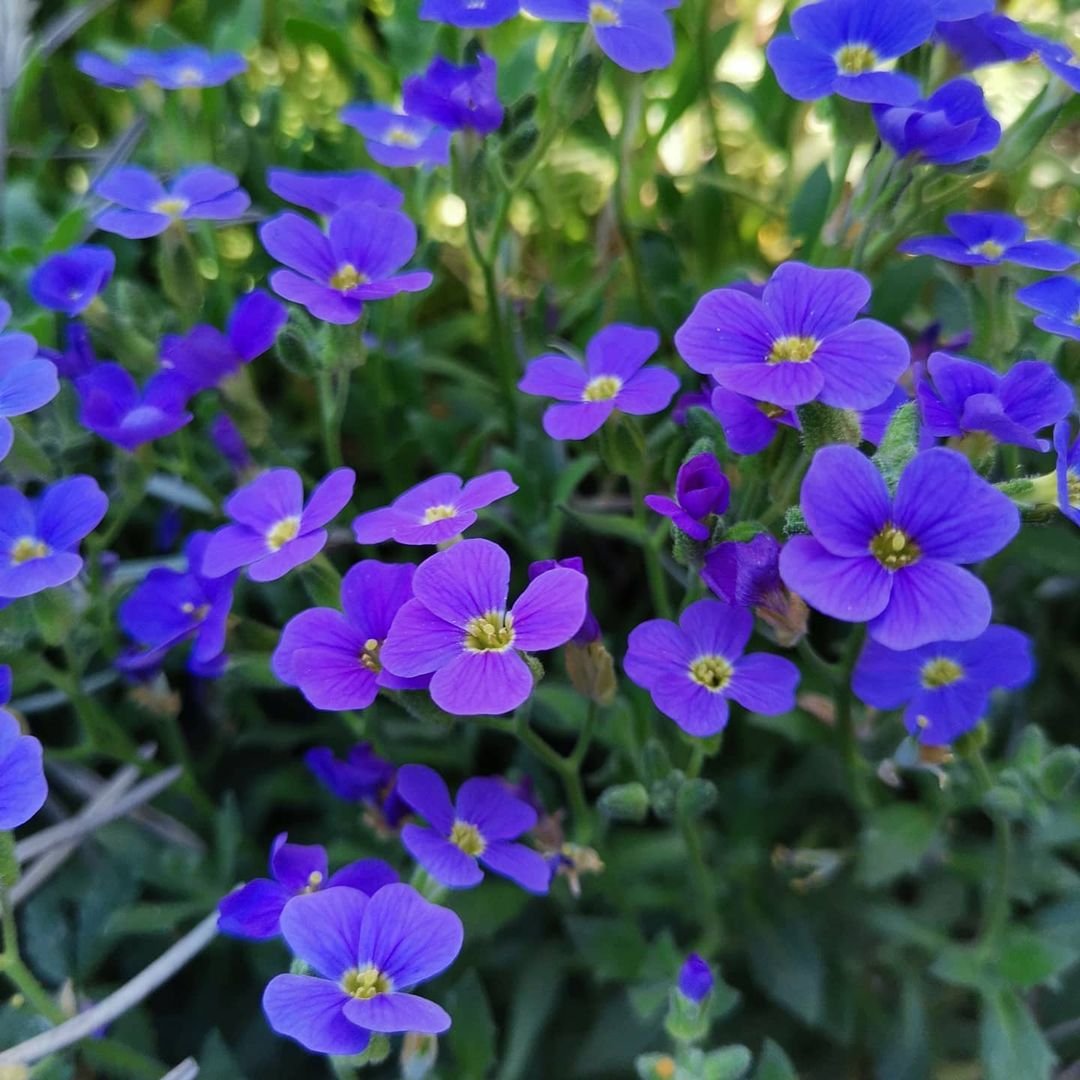Discover the beauty of Angelonia, the “summer snapdragon”! Learn how to grow these colorful, heat-loving flowers in your USA garden. Get tips on planting, care, and the many uses of Angelonia, from garden beds to container plants.
Have you heard of Angelonia? This pretty flower is becoming more popular in gardens across the USA. It’s sometimes called the “summer snapdragon” because it looks a bit like snapdragons and blooms all summer long. Let’s learn more about this flower and how you can grow it in your garden.
Here’s an information chart for Angelonia flowers (Angelonia angustifolia):
| Aspect | Details |
|---|---|
| Botanical Name | Angelonia angustifolia |
| Common Name | Angelonia, Summer Snapdragon |
| Plant Type | Annual or perennial (tender perennial) |
| Hardiness Zone | Zones 9-11 (grown as an annual in colder zones) |
| Sun Exposure | Full sun |
| Soil Type | Well-drained, fertile |
| Watering | Moderate |
| Growth Habit | Upright, bushy |
| Height/Spread | 12-24 inches tall, 12-18 inches wide |
| Special Features | Long blooming period; snapdragon-like flowers in purple, blue, pink, white; heat-tolerant; attracts pollinators |
What is Angelonia?

Angelonia is a type of flowering plant that comes from warm parts of North and South America. It’s known for its upright stems covered in small, colorful flowers. Angelonia plants are great for adding color to gardens from late spring until fall.
For a detailed look at Angelonia varieties, check out the Missouri Botanical Garden’s Angelonia page.
How Angelonia Looks
- Height: Angelonia plants usually grow 1 to 2 feet tall.
- Flowers: The flowers are small, about 1 inch wide, and grow along tall spikes.
- Colors: You can find Angelonia in purple, pink, white, and blue.
- Leaves: The leaves are small, narrow, and dark green.
To see different Angelonia colors, visit the National Gardening Association’s Angelonia gallery.
Growing Angelonia
Want to grow Angelonia in your garden? Here’s what you need to know:
- Sunlight: Angelonia loves full sun.
- Soil: It grows best in well-draining soil.
- Water: Water regularly, but don’t overwater. Angelonia can handle some drought once established.
- Temperature: Angelonia likes warm weather and doesn’t do well in cold.
- Planting time: Plant Angelonia in spring after the last frost.
For more growing tips, check out Gardening Know How’s guide to growing Angelonia.
Uses of Angelonia in the Garden
- Flower beds: Angelonia adds height and color to garden beds.
- Container plants: It grows well in pots on patios or balconies.
- Cut flowers: Angelonia can be used in flower arrangements.
- Butterfly gardens: These flowers attract butterflies and other pollinators.
Learn about using Angelonia in container gardens at Costa Farms’ Angelonia growing guide.
Benefits of Growing Angelonia
- Long blooming season: Angelonia flowers from late spring until fall frost.
- Heat tolerant: It keeps blooming even in hot summer weather.
- Low maintenance: Once established, Angelonia is easy to care for.
- Deer resistant: Deer usually don’t eat Angelonia.
Find out more about the benefits of Angelonia at The Spruce’s Angelonia plant profile.
Caring for Angelonia
To keep your Angelonia healthy:
- Water when the top inch of soil feels dry.
- Fertilize every 4-6 weeks during the growing season.
- Trim back leggy plants to encourage bushier growth.
- Remove dead flowers to keep the plant blooming.
For more care information, visit HGTV’s guide to growing Angelonia.
Common Problems and Solutions
- Yellow leaves: This often means too much water. Let the soil dry out between waterings.
- Few flowers: Angelonia needs full sun to bloom well. Move to a sunnier spot if needed.
- Wilting: In very hot weather, Angelonia might wilt. Water deeply and it should recover.
Angelonia is a great flower for adding color to your summer garden. It’s easy to grow, blooms for a long time, and can handle hot weather. Whether you’re a new gardener or have years of experience, Angelonia is a plant worth trying.
For more information on summer-blooming flowers, visit the Old Farmer’s Almanac summer flower guide.
For more gardening tips and plant care guides, visit usagardenhub.com.






